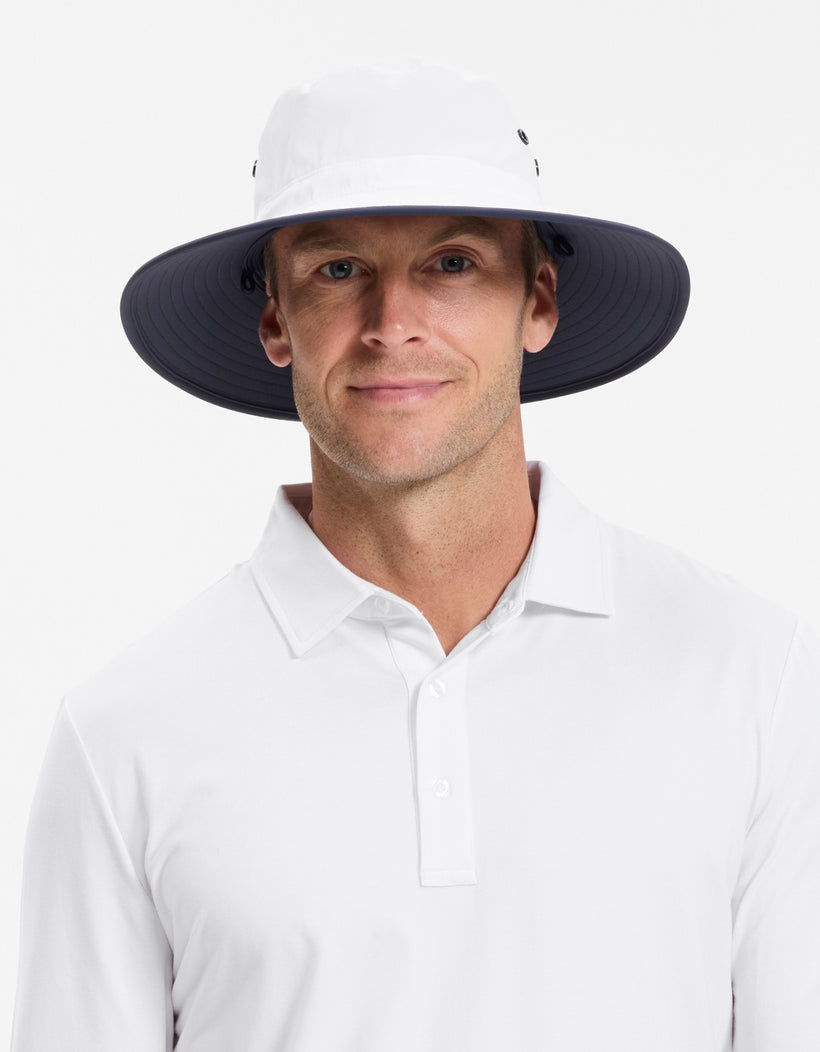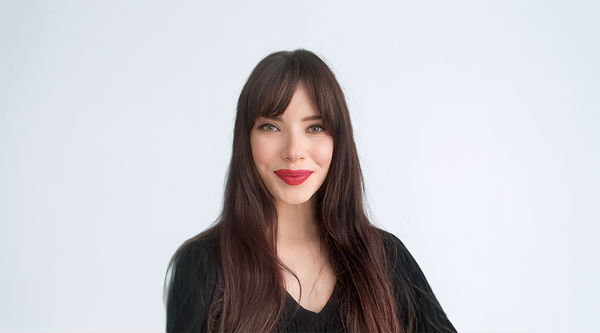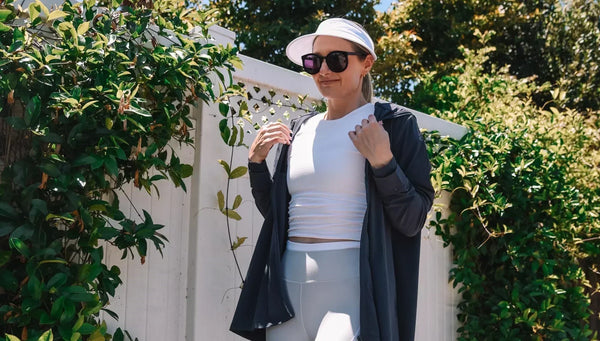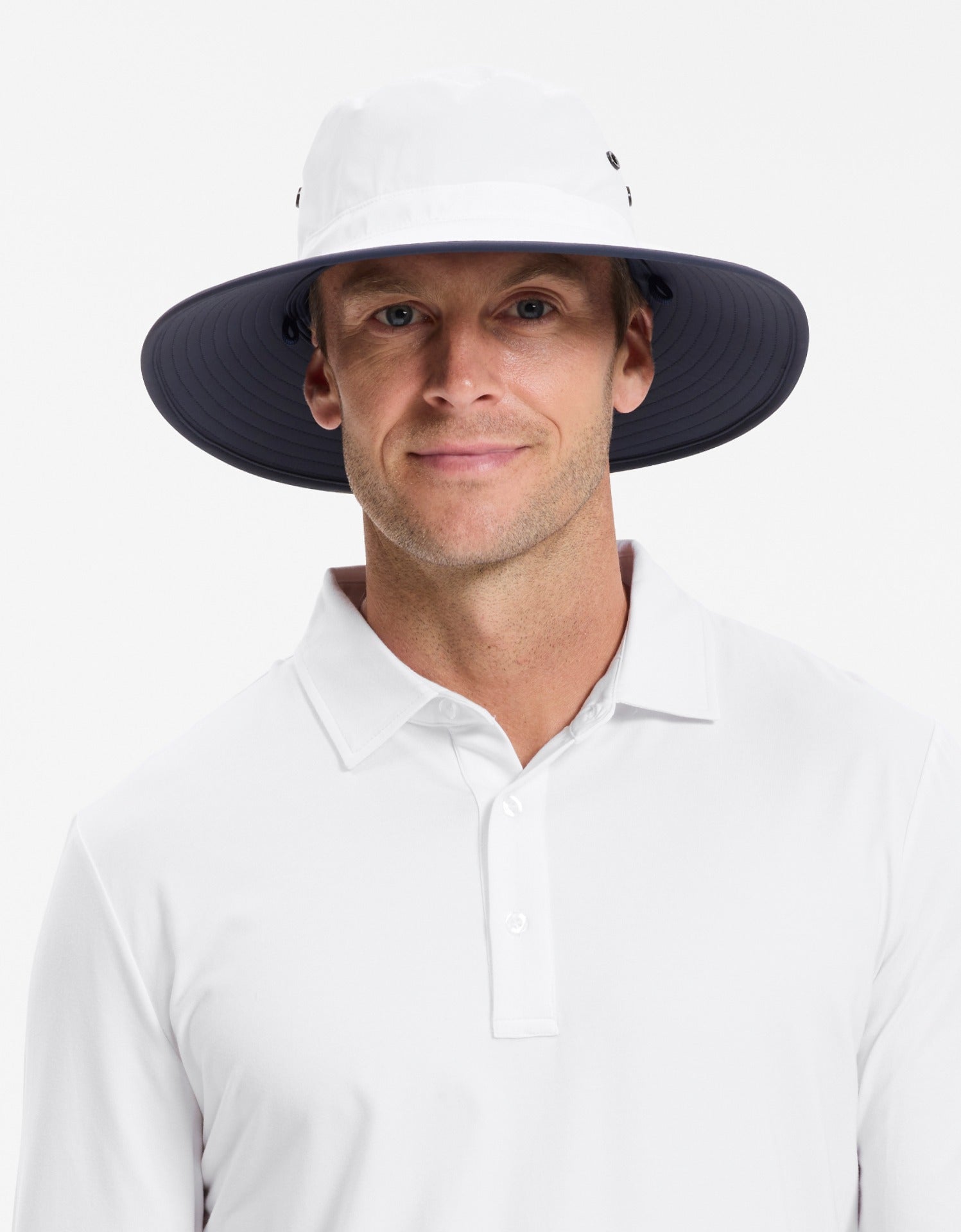10 skin cancer signs you should be aware of

Getting to know your skin is probably the single most important thing you can do to help detect skin cancer symptoms. Check your moles regularly and keep a record of things popping up or growing on your skin.
If you notice any signs consistent with the list highlighted below that concern you or persist for two weeks, visit your doctor. There's a good chance that it's nothing - but why put it off? Early detection saves lives.
Skin Cancer Signs and what you should look out for:
Most cancers have some pretty obvious signs: lumps and bumps, tenderness, sickness or pain. But when it comes to skin cancer, they aren't always as plain to see especially for the untrained eye. What can make early detection tricky is that skin cancer can sometimes grow slowly and often free of glaring warning signs.
There are a few things that you can keep an eye out. Following requests from our customers, we have compiled a list thanks to a number of dermatologists who contributed to it.
Skin cancers usually present as a mole, a spot or a freckle and are sometimes visibly different to the surrounding skin. It is sometimes a new spot but can also be a pre-existing one that has changed size, shape or colour.
It is important you visit your doctor or skin specialist if you have any marks or spots on your skin that are:
- Growing
- Changing shape
- Bleeding or itching
- Shiny, pearly or waxy bumps
- Flesh-coloured or brown scar-like lesions
- Firm nodules (usually red in colour)
- Rough or scaly
- Crusted lesions
- Brown spots with darkened speckles
- Lesions on the palms, soles of the feet or on the fingertips or toes which are dark in colour. Check your mouth too for these dark lesions.
Types of skin cancer
There are three main types of skin cancer.
Basal Cell Carcinoma (BCC) - this is the most common type of skin cancer. It tends to develop slowly over months or even years. Predominantly related to cumulative sun exposure. If a BCC is left untreated, it is likely to damage surrounding tissue and organs. It usually presents itself as a pearly surfaced, pink raised lump or as a pink-red scaly area. In some instances, it may ulcerate.
Squamous Cell Carcinoma (SCC) - it is less common but faster growing and can spread to other parts of the body if left untreated. It can be scaly or crusty, pale pink or red in colour. It may be tender to touch. Usually found in sun-exposed areas, it can take weeks or months to grow.
Melanoma - is least common but the most dangerous. When detected early, it can often be cured. If it is not diagnosed early, it may spread to other parts of the body. Melanoma can be found anywhere on the body and also in non-exposed skin areas.
Know your ABCDE
Dermatologists classify melanoma using the ABCDE method.
A is for ASYMMETRY - benign moles (non-cancerous and non-malignant) are most of the time round in shape and symmetrical. Melanoma lesions are typically irregular in shape and asymmetrical.
B is for BORDER - benign moles have smooth even borders. Melanoma lesions often have uneven borders (notched edges or ragged).
C is for COLOUR - benign moles are usually a single shade of brown. Cancerous lesions often contain multiple colours (brown, black, pink, red or purple).
D is for DIAMETER - benign moles are usually less than 6mm in diameter. Melanoma and other cancerous lesions are often more than 6mm in diameter.
E is for EVOLVING - benign moles usually do not change over time. Melanoma and other cancerous lesions often grow in shape or change height over time.

Did you know:
- At least 2 in 3 Australians will be diagnosed with skin cancer by the age of 70
- 95% of skin cancers can be successfully treated if found early
- Over 1,000 Australians are treated for skin cancer every day
- Skin cancer and melanoma kills more people in Australia than road accidents
Notice any of these signs? Early detection saves lives. Book your skin check this week for peace of mind.
Prevention is the best cure.
You can find out more about Solbari's certified UPF50+ sun protective range by clicking the links below:
Women UPF 50+
Men UPF 50+
Sun Hats UPF 50+
Accessories UPF50+
SPF 50+ Sunscreen
Skin Check App












